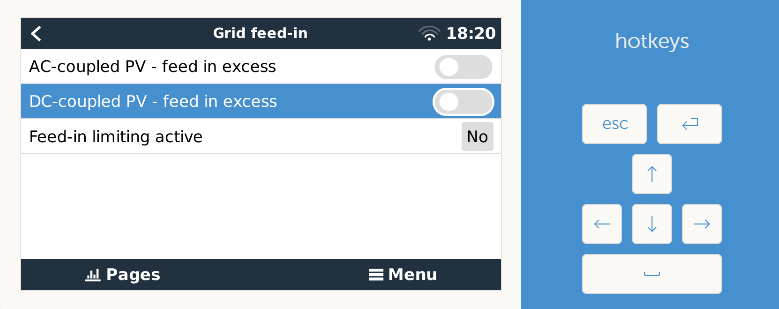hello i am new to Victron
we have installed our first Victron system Quatro 10kva with 4 x 300 ah 12.8v Lithium batteries, the system is ESS with grid-connected and possible grid shortages during the day, and 11.52 kwp PV is installed and connected to the system through 2 x 250/150 MPPT chargers.
the situation is that during the midday 10 am-2 pm the solar is reaching 8000-9000 watt the load is about 5000w and since we activated the feedback to the grid so when the solar is high and the batteries are full the system is overloading since the solar is greater than the inverter 8000kw limit but as far as I know it is ok to oversize the inverter since it will cut off the extra power when it doesn't need it, but it is not doing it it is overloading and shutting down.
my question is that is there a situation where I can limit the solar in the setting that stops inverting more than 8000 watts so as not to overload the inverter ??
when batteries are not full it is ok since the excess solar is sent to the batteries and no issues but it is an issue when the batteries are full and feedback is activated the inverter keeps trying to invert the solar even if it is more than the 8 kW


